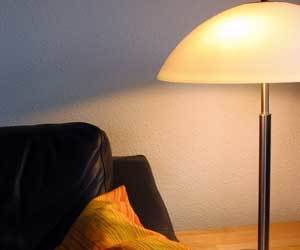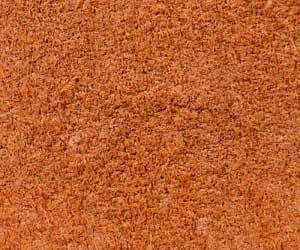Table of Contents:
Leather upholstery is beautiful and sophisticated. To keep it looking its best immediate attention is required when accidents happen coupled with occasional cleanings.
upholstery is beautiful and sophisticated. To keep it looking its best immediate attention is required when accidents happen coupled with occasional cleanings.
Caring for Leather Upholstery
- Every six months or so, your leather upholstery should be cleaned with a mixture of water and mild facial soap (such as Dove or Neutrogena); wash and rinse thoroughly with soft cloth, paying special attention to arm rests and head rests where body oils tend to discolor fabric.
- When washing leather upholstery, it is best to use distilled water to avoid discoloration from any chemical contaminants (such as chlorine) that might exist in tap water.
- After washing and rinsing, buff your upholstery with a clean white cloth to restore luster.
- Periodically you can revive your furniture a mixture of 1 part white vinegar with 2 parts linseed oil. Use a clean white cloth to apply the mixture in a circular motion. Allow it to set for 10 minutes then buff with a clean cloth. You may need to buff the furniture twice before sitting on it.
Additional Tips and Advice
- Using a leather protectant (available at most furniture stores) will help keep your leather upholstery looking its best.
- Wipe up spills immediately or they may soak into the fiber of your upholstery and will be harder to remove.
- NEVER use any kind of oils (such as mink oil), furniture polish, or any product containing waxes or silicone (including many car care products) on leather furniture as it may damage the leather and leave it feeling sticky. Consequently be very careful when using Pledge, or any other type of furniture polish, around your leather pieces.
- Generally, it is not good to use saddle soap, varnish, ammonia-based cleaners (i.e. Windex) or bleach on leather, all of which may be too harsh, causing serious damage or discoloration.
- To keep your furniture pieces from drying out, avoid placing leather upholstery in direct sunlight and keep at least two feet away from any heat source (i.e. heating vents, fireplaces, radiators, etc.) and air conditioning sources.
- NEVER use baby wipes or any other alkaline cleaner on your leather upholstery as it may damage the finish.
- If your upholstery is seriously soiled, you may want to consider hiring a professional cleaner, making sure the company specializes in leather upholstery.









Regarding the mixture of white vinegar and linseed oil to treat leather upholstery with: is it raw or boiled linseed oil?
Please advise.
The boiled oil will retain moisture to protect your leather, but allow it to be buffed so it feels dry to the touch.
Can I use olive oil instead of linseed oil?
Thanks.
Evan,
Olive oil, like most oils, soaks into the back of the leather, which can cause the leather to deteriorate (and cause cracking), as well as to become sticky, and the oil can also resurface later as a stain. However, according to Wikipedia, “Most applications of linseed oil exploit its drying properties, i.e., the initial material is liquid or at least pliable and the aged material is rigid but not brittle.”
Source: Wikipedia – Linseed Oil
Source: Fibrenew – Do not use olive oil to fix your leather!
Source: Fibrenew – Cracked Leather
Source: Crafterhours – Leather & Olive Oil